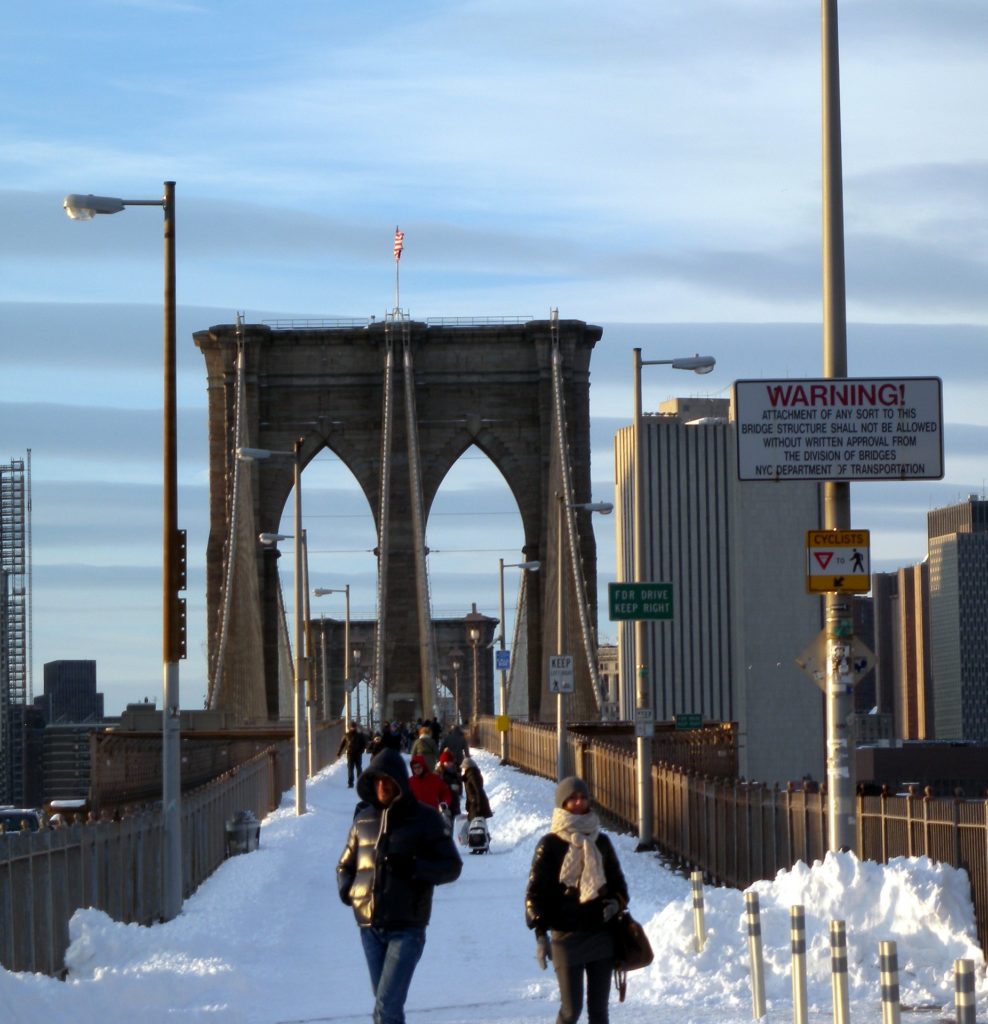Up to 74 percent of injuries sustained during winter weather events occur when people slip and fall on ice. Slick conditions can occur in cold climates, and you should protect yourself whether you’re at work, at home or around town. A quick fall could lead to a serious injury, such as a broken bone or head trauma. Learn how to stay safe when you’re walking in icy conditions so that you don’t have to deal with a medical emergency or lawsuit.
Wear Proper Shoes
If your shoes have no traction, you’re going to have a hard time making it across patches of ice. Make sure that you wear proper shoes for the weather. This is especially important if you spend a lot of time outdoors in the winter or work in icy conditions.
The best shoes to wear in ice and snow are boots with grippy tread. Some hiking shoes and winter boots are marketed as slip-resistant. These would be ideal for avoiding a fall on ice or snow.
Walk the Right Way
Don’t get overconfident even if you have shoes with great traction. If you make one rapid movement that throws off your center of gravity, you could go tumbling. It’s almost impossible to run across ice. The way that you walk and position your body can help you avoid having an accident on the ice.
For starters, you should hold your arms out. That’s right; you’ll probably look like a penguin. But your arms will help you maintain your balance. If you’re on a precarious surface, you can hold onto something to stabilize you.
Try not to hold several items in your hands or arms as you walk. Doing so could redistribute your weight in a way that makes you more likely to topple over. Also, if you do fall on ice, you won’t be able to use your hands to try to stay upright or catch yourself. If you need to carry things when you walk on ice, consider wearing a backpack.
You’ll also need to shorten your stride to avoid falling on slick surfaces. You don’t have to turn out your feet and waddle like a penguin. However, you should walk slowly.
Keep your feet closer together than usual. This places more vertical force onto the surface, which creates the friction that will prevent you from falling. You can even shuffle your feet if you’re feeling unstable.
If you create too much momentum by taking large steps and moving quickly, you could send yourself flying. Making significant forward-and-backward movements increases your chance of slipping.
Keep an Eye on the Ground
It’s especially vital to watch your foot placement in the winter. Ice can be patchy, and it isn’t always visible. If you’re walking on snow, you might not be able to see that there’s a frozen layer of ice at the bottom. You might not notice black ice until it’s too late. Therefore, you should be especially vigilant when it comes to your surroundings.
Black ice can be particularly dangerous because it’s not always noticeable. Black ice forms when the water freezes without bubbles and swirls in it. Because it’s so clear, it can be easy to miss. You might confuse it for a puddle and neglect to walk more carefully as you approach.
The air temperature doesn’t have to be freezing to create the conditions for black ice to form. A thin layer of moisture on the ground can become icy even if the air temperature is above 32 degrees Fahrenheit. Therefore, you should look out for slick sidewalks and pavement even when it’s not expected.
Also, ice that is beginning to melt can be slicker than ice that’s extremely frozen. That’s because a little moisture on the surface makes it slippery. When the ice is cold and dry, it’s not as slick as when it’s warming up and melting.
You should also keep an eye out for slopes and stairs. Walking on flat ice is one thing. If the ground slopes, you have gravity trying to pull you down. If you’re traversing precarious surfaces, try to hold onto a handrail for support and balance.
Wipe Your Feet
Snow and ice can accumulate on the bottoms of your shoes, making walking treacherous once you get inside. When you enter a building, wipe off your shoes. Better yet, take them off so that you don’t track snow and ice inside. Once it melts, it can create puddles, which can pose a slipping hazard.
Treat Your Property to Avoid Falls
Whether you’re a renter, homeowner or business owner, you should take preventative measures to ensure that your property is safe for anyone who steps foot on it. Helping people stay safe on your property can also help you avoid a personal injury lawsuit.
Removing accumulated snow from your property is the first step that you can take to prevent ice buildup. Shovel your driveway and walkways. If you own or manage a business, consider hiring a snowplow to remove buildup from parking lots.
Salt reduces water’s freezing point. Therefore, sprinkling salt on your sidewalks, stairs, and driveway can prevent those surfaces from becoming slick. Use rock salt, which is available in large bags.
You might also want to add a layer of something that can create friction. Sand doesn’t melt ice. However, sand is abrasive and can create friction between your feet and the ground. Sandbox sand works better than masonry sand because it’s not as fine.
Especially if you’re working on commercial property, you should keep a record of what you used to treat the ground and when it was last treated. Doing this can help you cover yourself if someone files a claim.
If you have experienced a fall on ice or snow and believe it was caused by someone else’s neglect, contact an attorney to learn more about your rights. You may be eligible for compensation.

